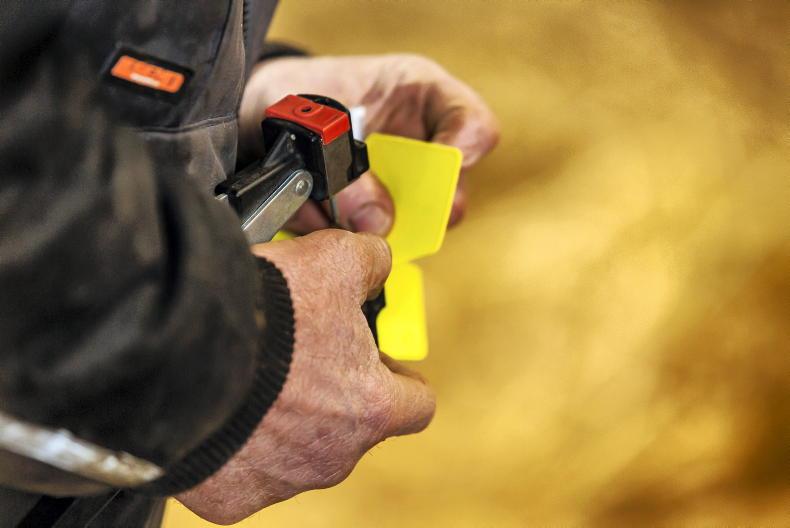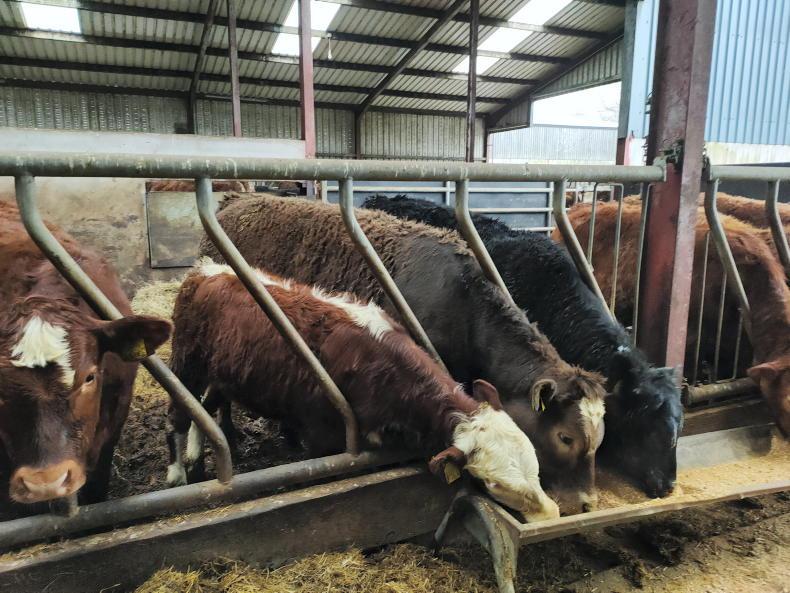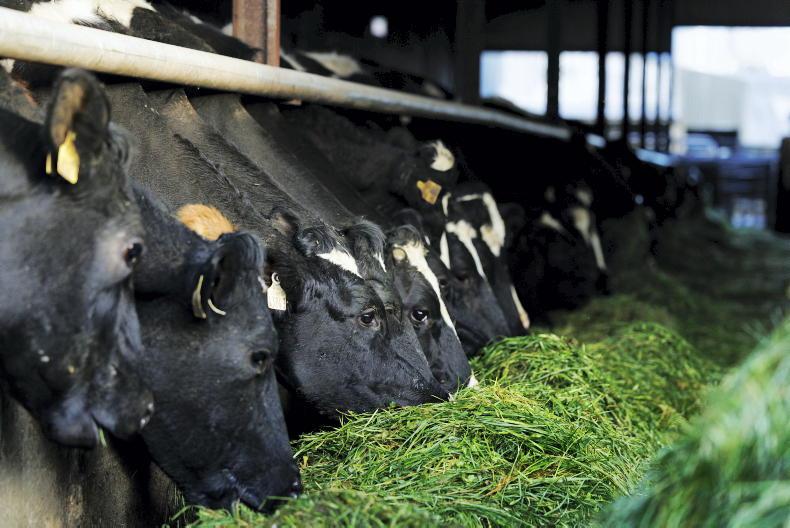Weather forecasts show colder temperatures next week, making overnight frost common and snow a possibility on higher ground.
Ice and snow can affect the daily farming routine.
It is worth taking a few steps to prevent problems associated with freezing conditions.
1. Keeping machinery running
Heavy frost can make tractors harder to start in the mornings. Keep jump leads, charger, booster pack and a working extension lead in a handy location so they are easy to find when required.
If tractors are hard to start, park them so the battery can be easily accessed. Isolate the battery when parking up at night.
Once tractors are started in the morning, allow the engine to run for a short period to come up to temperature. Don’t turn on lights, radio, etc, until the machine is ready to work.
Leave the greasing of moving parts until the afternoon, as it will be harder to pump grease on cold mornings.
Parking the loader tractor or telehandler in the cattle shed overnight can be of benefit, as animals will raise the internal air temperature, reducing the effects of frost.
Alternatively, park tractors in an area of the yard that gets sun first thing in the morning. Again, this will help to thaw frost and make machines easier started.
2. Feeding cattle late in the afternoon
During heavy frost, feeding cattle in the afternoon and early evening means there is likely to be silage in the feed passage during the morning.
This avoids the need to start tractors first thing in the morning. Hopefully, temperatures will increase by late morning, making tractors that bit easier to start.
Feeding later in the day, when yards have thawed, also makes it safer to work with a full diet feeder, especially in a yard with a slope or when travelling to outfarms.
For cattle outwintered on kale, do not move the electric fence until the plant leaves have thawed, as ice increases the nitrates levels in such crops, making them toxic.
To keep cattle settled until the fence can be moved, offer animals an extra bale of silage or straw.
3. Take care when removing the silage pit cover
Frost can make the silage pit cover dangerous to walk on. Therefore, only remove the cover once the frost has lifted and do so in daylight to improve visibility.
Also, pull back enough cover to last the week, reducing the need to climb back on to the pit over the coming days.
4. Water provision
If water troughs have a tendency to freeze, fill a couple of IBC containers as a back-up water source in case pipes freeze or burst.
Buy a few spares parts in case repairs are needed. Locate the blow torch for thawing water and make sure there is enough gas for such tools.
If you have yet to do so, turn the water supply off to drinkers in fields that do not have livestock at present.
5. Delay cattle-handling tasks
If there are handling tasks that require cattle to move to the crush area, delay such jobs until the yard has thawed.
Once cattle are released from the shed, they will start to run, skip and generally become much more active.
You do not want to be moving animals exhibiting such behaviour across a yard covered in ice, as there is a danger of animals breaking a leg or aborting a calf.
Read more
Snow and ice warnings issued nationwide
Are you one of the 15,000 farmers facing new slurry spreading rules?
Weather forecasts show colder temperatures next week, making overnight frost common and snow a possibility on higher ground.
Ice and snow can affect the daily farming routine.
It is worth taking a few steps to prevent problems associated with freezing conditions.
1. Keeping machinery running
Heavy frost can make tractors harder to start in the mornings. Keep jump leads, charger, booster pack and a working extension lead in a handy location so they are easy to find when required.
If tractors are hard to start, park them so the battery can be easily accessed. Isolate the battery when parking up at night.
Once tractors are started in the morning, allow the engine to run for a short period to come up to temperature. Don’t turn on lights, radio, etc, until the machine is ready to work.
Leave the greasing of moving parts until the afternoon, as it will be harder to pump grease on cold mornings.
Parking the loader tractor or telehandler in the cattle shed overnight can be of benefit, as animals will raise the internal air temperature, reducing the effects of frost.
Alternatively, park tractors in an area of the yard that gets sun first thing in the morning. Again, this will help to thaw frost and make machines easier started.
2. Feeding cattle late in the afternoon
During heavy frost, feeding cattle in the afternoon and early evening means there is likely to be silage in the feed passage during the morning.
This avoids the need to start tractors first thing in the morning. Hopefully, temperatures will increase by late morning, making tractors that bit easier to start.
Feeding later in the day, when yards have thawed, also makes it safer to work with a full diet feeder, especially in a yard with a slope or when travelling to outfarms.
For cattle outwintered on kale, do not move the electric fence until the plant leaves have thawed, as ice increases the nitrates levels in such crops, making them toxic.
To keep cattle settled until the fence can be moved, offer animals an extra bale of silage or straw.
3. Take care when removing the silage pit cover
Frost can make the silage pit cover dangerous to walk on. Therefore, only remove the cover once the frost has lifted and do so in daylight to improve visibility.
Also, pull back enough cover to last the week, reducing the need to climb back on to the pit over the coming days.
4. Water provision
If water troughs have a tendency to freeze, fill a couple of IBC containers as a back-up water source in case pipes freeze or burst.
Buy a few spares parts in case repairs are needed. Locate the blow torch for thawing water and make sure there is enough gas for such tools.
If you have yet to do so, turn the water supply off to drinkers in fields that do not have livestock at present.
5. Delay cattle-handling tasks
If there are handling tasks that require cattle to move to the crush area, delay such jobs until the yard has thawed.
Once cattle are released from the shed, they will start to run, skip and generally become much more active.
You do not want to be moving animals exhibiting such behaviour across a yard covered in ice, as there is a danger of animals breaking a leg or aborting a calf.
Read more
Snow and ice warnings issued nationwide
Are you one of the 15,000 farmers facing new slurry spreading rules?










SHARING OPTIONS